Frequently Asked Questions about Agile Account-Based Marketing
We have compiled a list of questions, even doubts and objections about Agile ABM. Feel free to ask us anything that is unanswered here.
“The MQL is dead.”
We are well aware that this statement is bold, but it’s one which we completely stand by when it comes to account-based marketing (ABM) in an enterprise setting. Especially when the ABM program is targeting Tier 1 (C-suite and VP-level) prospects at Fortune 1000 accounts. However, the news is not only that it no longer makes sense to use the term; but also the shift in account-based marketing that has been unfolding since the second half of the 2010s. This shift that is making the term, as we use it today, obsolete.
This article explores how enterprises can alter their approach to account-based marketing, so that they achieve
Using the term marketing qualified lead (MQL) and differentiating it from a sales qualified lead (SQL) works on the premises that leads in their initial, “cold” state are automatically nurtured via marketing automation. Then, once they are deemed (scored) ‘interested’ based on activity and company-wise potent enough, then they are to be engaged personally via a sales development rep.
Most organizations classify this type of “ready for contact from sales” state a marketing-qualified lead (MQL) because it is at this stage that the lead is qualified by marketing and handed over to sales; typically a sales development representative for further qualification. Companies using this distinction between marketing- and sales-qualified leads inherently presume that in complex B2B settings, this is as far as marketing takes a lead. This presumption is changing.
In most ABM scenarios, what is usually known about an MQL when handed over to sales development are the digital interactions with the company’s owned platforms (websites, apps etc.), some data provided by the lead herself on forms, and the fact that the company they are working with is a good candidate for the product. In most instances, this means the lead showing interest in digital materials, visiting the website or performing a combination of events that marketing automation is able to track.
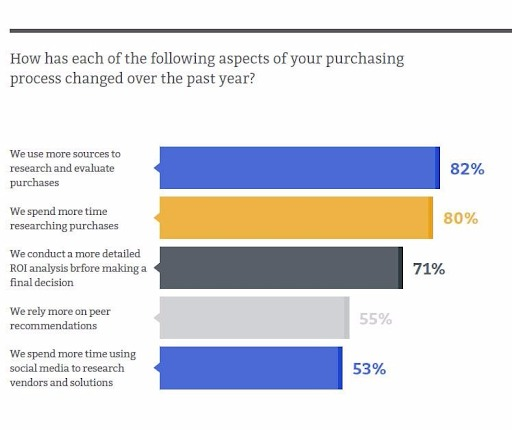
80% of B2B purchasers claim they are spending more time than previously researching pre-purchase, which likely extends the purchasing-cycle. Source: Demandbase
Lead nurturing is just one step in the larger play that we refer to as account-based marketing. In the original way of doing ABM, the play was essentially a linear, 4-step process:
The sales department may also have a process of identifying and reaching out to accounts, but rather than launching digital campaigns (email campaigns, display ads, PPC etc.), they would contact tier 1 prospects personally by cold outreach over the phone, email or Linkedin.
There isn’t anything inherently wrong with the concept of the MQL, but it is becoming obsolete, as ABM itself is evolving. We are soon uncovering a more agile approach where marketing hands over a much richer profile of MQLs than before, qualifies leads with greater efficiency and all together makes a greater impact.
First, let’s look at where the traditional account-based marketing approach has its shortcomings.
As a result, the pipeline-velocity (and sales cycle) is slow, marketing only plays a small role in the earliest stages and struggles to prove attribution.
Marketing is only nurturing tier 3 people (typically analysts and researchers, even interns) at target accounts. The actual marketing materials mostly never reach the actual decision makers. At the same time, the sales department is slow to react. They should be fast to proact. Any misalignment in communication and processes between sales and marketing only weakens the joint effectiveness of the two departments, slowing pipeline velocity even more.
The essence of ABM’s agile version is the deployment of personal outreach to multiple top level decision makers very early in the lead nurturing process. The new-school approach to doing account-based marketing has evolved from the notion that marketing can (and should) be involved further down the pipeline.
Agile ABM with its increased marketing involvement and more proactive outreach consistently results in
The Agile ABM process differs from its predecessor in that as a tier 2 or 3 lead from a target-account shows interest in the company, a “swat team” under marketing’s control researches and performs a coordinated, cold outreach to multiple tier 1 leaders simultaneously, who are presumed to have a say in the evaluation.

The goal of these interactions is to get information on the intent and plans of the organization in order to further assess the validity of the lead.
The rationale behind the simultaneous outreach is this: interest in a complex B2B solution from a target account on behalf of a tier 3 contact is preceded by direction from higher up the organization. In other words, if a potent prospect-company has somebody researching a $100K+ solution, there is usually very good reason to suspect that the idea to do so has originated from above.
In any case, pipeline velocity grows when following the Agile ABM strategy of establishing several points of contact between multiple stakeholders at the prospect account very early on.
In our experience, one of three scenarios happen when we do a SWAT team-like outreach to multiple perceived-stakeholders for our clients’ marketing teams.
A key win in all three scenarios is the time saved - in other words, increased pipeline velocity. This guerilla-like research-followed-by-outreach in a “multi-threaded”, simultaneous fashion happens very fast; typically by the time a “slower” lead qualifies themselves as an MQL, we’ll have reached out to several high-level decision makers at the account and will have gathered valuable information about intent, need, budget, time-frame etc.

A client of Infinityn International’s journey to Agile ABM is typical of how companies transition to this approach. The case also shows how the road to sales-marketing alignment often leads to Agile ABM - and vice versa - as it works both ways: implementing pieces of the agile ABM puzzle fosters a stronger relationship between marketing and sales. I The other way around, a tighter collaboration between the two departments naturally results in agile components emerging and seedingnto the ABM playbook.
Infinityn International has been doing whitelabel sales development for this client for over 18 months. At a certain point, the sheer volume of high-quality SQLs was too much for the inside sales team to follow up on, so they requested a short pause in our operations. The timing couldn’t have been better for the marketing leader of the client.
The marketing leader requested that he “borrow” Infinityn and we do a pilot project following up with MQLs who have potential but the SDR team lacks resources to follow up adequately. After initial results were in, the client kept deploying Infinityn earlier and earlier in the lead-nurturing process.
Currently, for select and high-potential leads, Infinityn does the Agile ABM outreach after just a few interactions on the lead’s behalf - and the results are stunning.
Consequently, Infinityn now forms an integral addition to the marketing team and not the sales team. Pipeline velocity as well as the volume and quality of sales qualified leads all point in the direction that Infinityn should be deployed as early as possible in the lead cycle.
We have only mortified the MQL in this article and haven’t said much about the sales-qualified lead. As we have discussed, using the distinction between marketing- and sales-qualified leads becomes irrelevant. For select accounts, a multi-threaded and multi-target outreach is initiated as soon as there is indication of interest from digital marketing. This makes the use of both MQL and SQL terms obsolete and results in
Adopting the principles and process of Agile ABM is recommended for companies selling complex B2B solutions. It’s an uncomplicated shift, when added to a well-oiled ABM process, while implementing Agile ABM also provides opportunity for fine-tuning processes in marketing. Key wins that come with Agile ABM include
If you would like to learn how this methodology would play out in your organization, or you’d like to discuss a pilot Agile ABM project, please schedule an appointment.
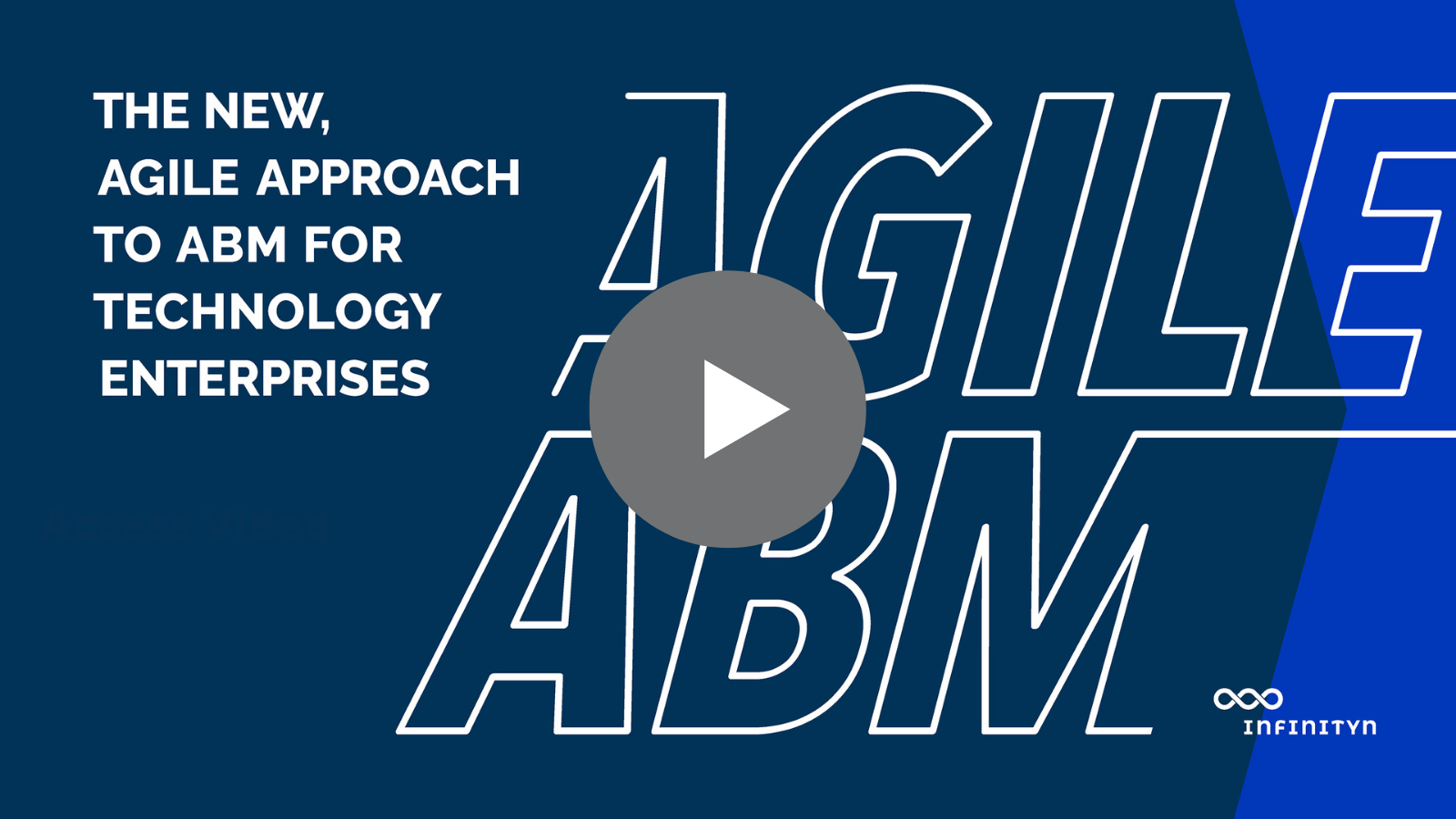
We have compiled a list of questions, even doubts and objections about Agile ABM. Feel free to ask us anything that is unanswered here.

Account-based marketing has been all the rage in the B2B world with big promises, new lingo, new buzzwords. We’ve been finding that it isn’t always...

What we call agile account-based marketing (AABM), is a newly emerging discipline. As such, the industry of marketing service providers - agencies...
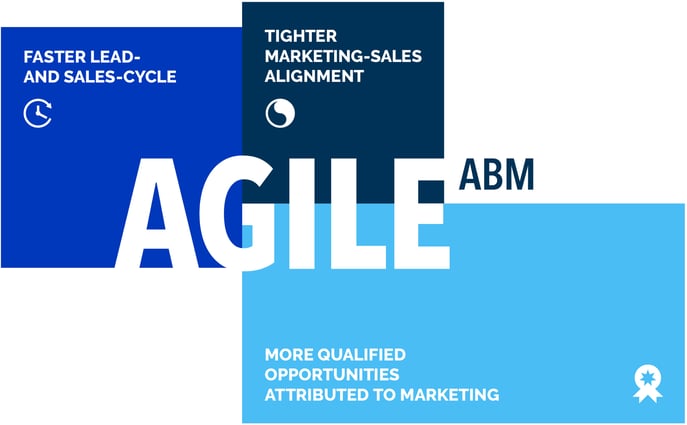
Account-based marketing is going agile Account-based marketing (ABM) has been the go-to approach for enterprise technology in the past decades, even...

Growth process outsourcing is BPO for complex sales and marketing processes. Business process outsourcing (BPO) is a familiar term for most in the...

Marketing goes beyond promotion. Marketing is creativity, profound planning, understanding of your audience, analysing data – especially nowadays,...

What’s the philosophy behind the technology of the most successful ABM programs? Answering this question was not the original intent when we set out...
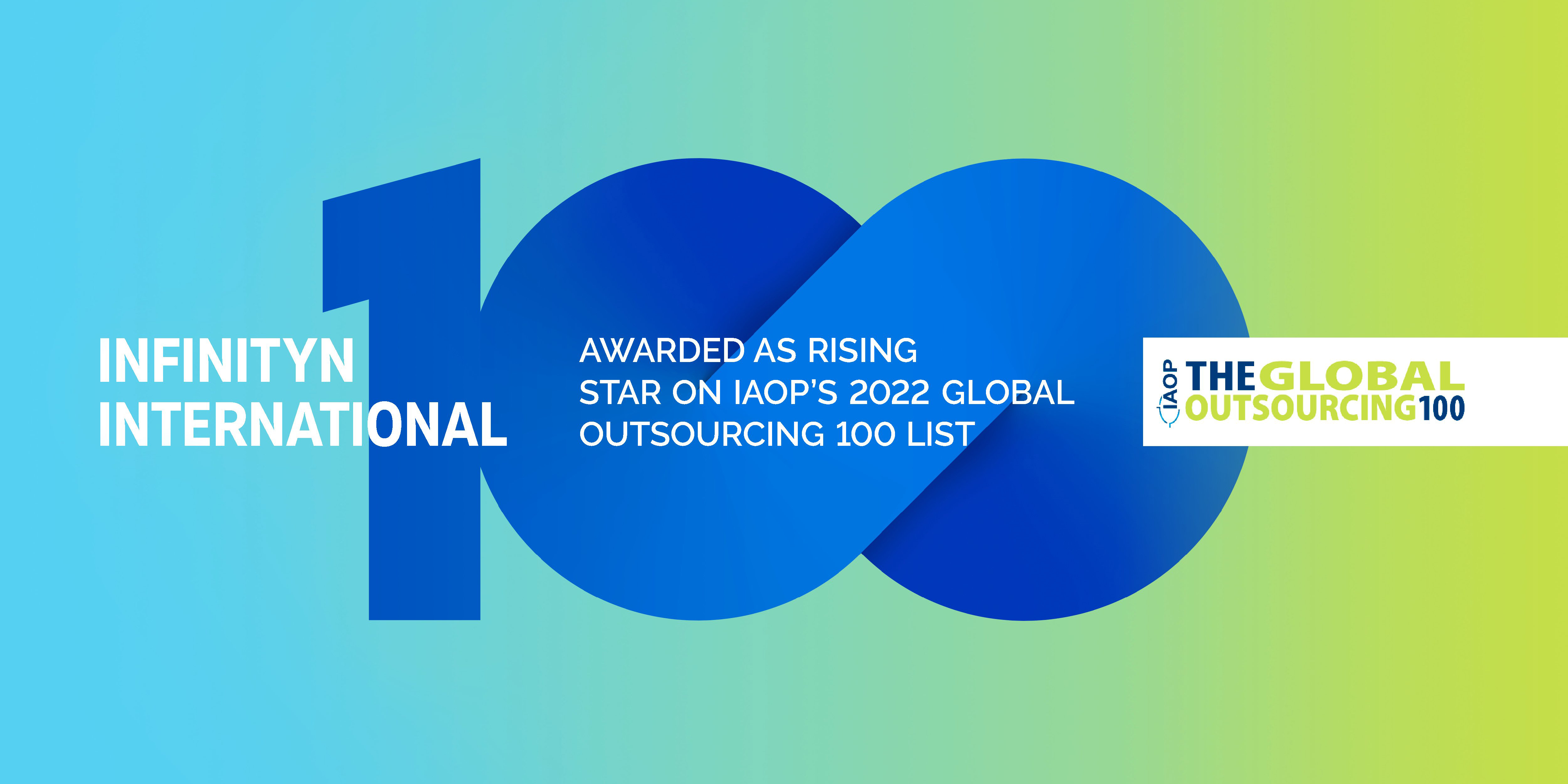
A new business model for outsourcing enterprise growth activities: Growth Process Outsourcing! It’s no news that outsourcing is a red-hot trend....

TOPO’s “2019 ACCOUNT BASED BENCHMARK REPORT” – which included 150 account-based organizations - showed that every participant reached or exceeded a...

X-Factors to look for when Choosing a 3rd Party Vendor Opening the doors to new business is a critical stage of the sales cycle, particularly within...
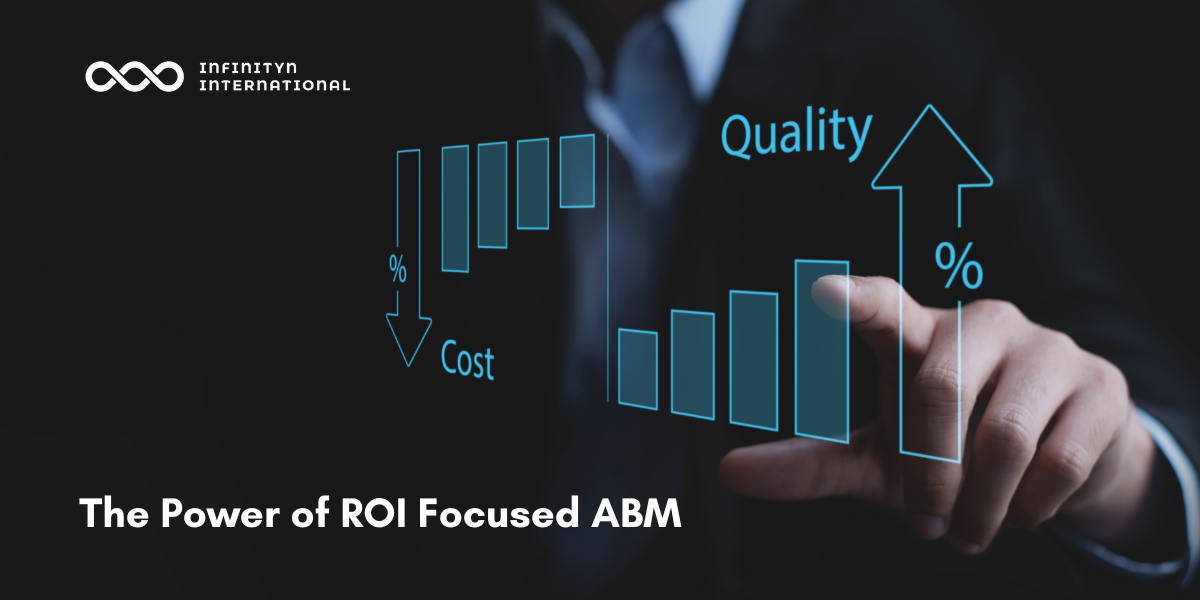
In the dynamic world of B2B marketing, Account-Based Marketing (ABM) has surfaced as a game-changing strategy, yielding significant returns on...

If you’ve clicked on this article, there’s a fair chance you are considering outsourcing your sales, marketing, customer success and overall revenue...